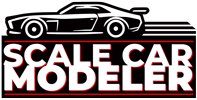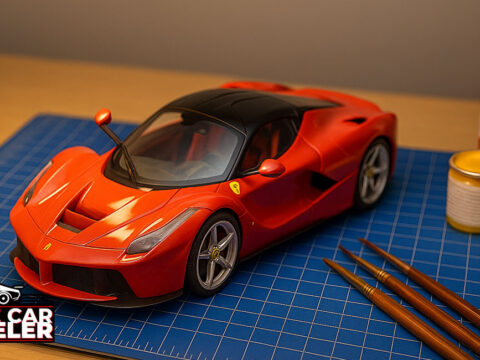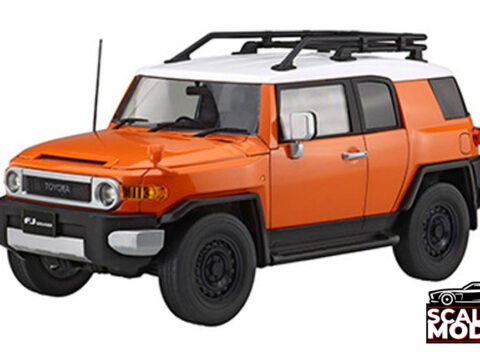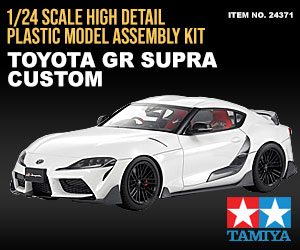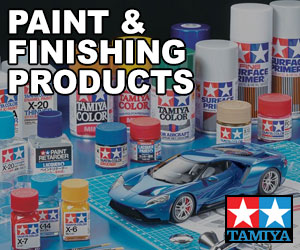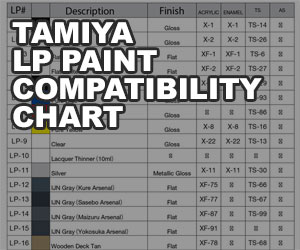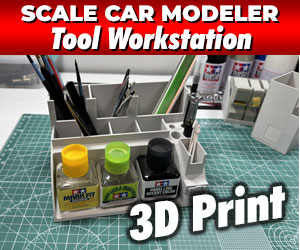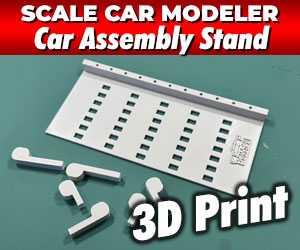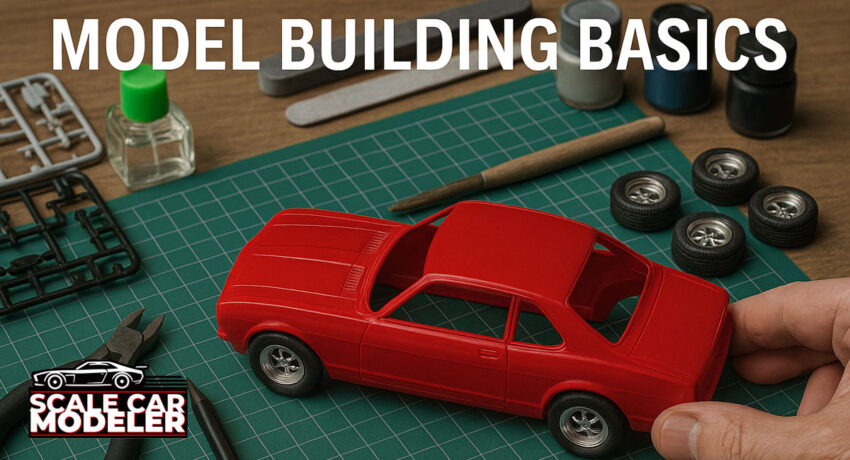
Have you ever looked at a detailed scale model car, airplane, ship, or tank and thought, “I wish I could build that”? Good news — you can!
Model building is a timeless hobby that rewards your patience and creativity with beautiful results you’ll be proud to display for years to come. Whether you’re starting with your first kit or returning to the hobby after a break, this guide covers everything you need to know — from choosing the right model to mastering tools and techniques.
Why Build Scale Models?
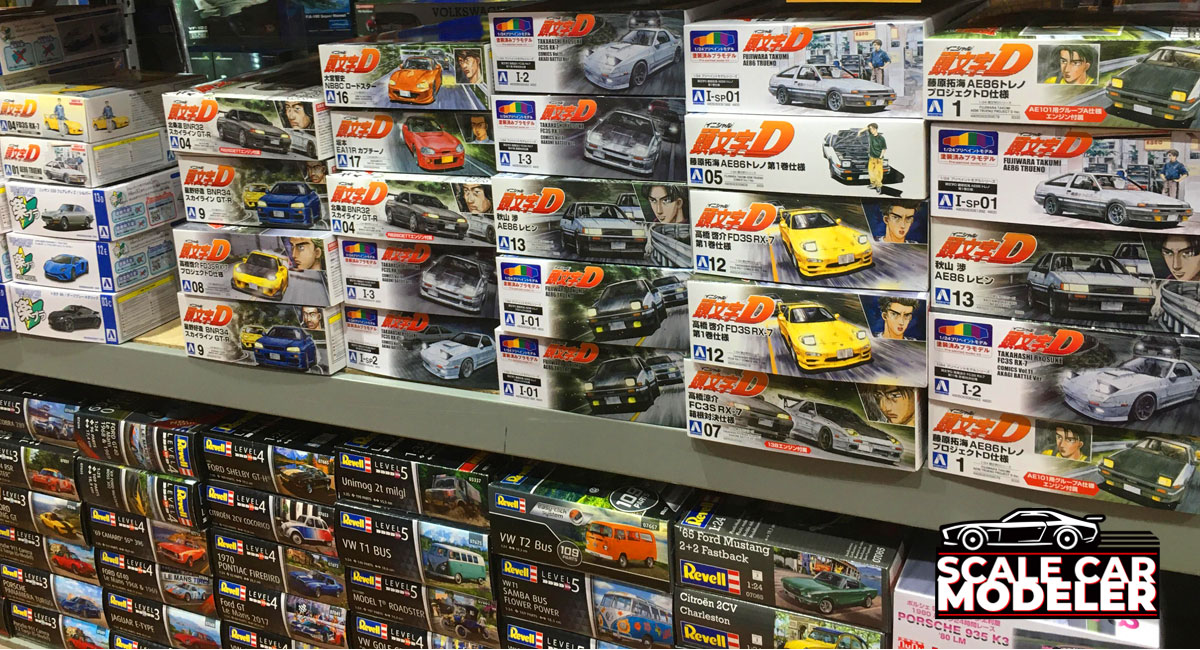
Scale modeling is more than gluing parts together — it’s an immersive, hands-on hobby with so many benefits:
• Learn History: Many kits are realistic replicas of vehicles with fascinating backstories.
• Grow Your Skills: You’ll build patience, planning and painting techniques you can apply to other crafts.
• Unplug & Relax: Focusing on your build is a great way to unwind from screens and daily stress.
• Connect with Others: There’s a global community of modelers who love to share ideas, tutorials and encouragement.
No matter what you build, you’ll enjoy the satisfaction of creating something amazing with your own two hands.
Here are a couple building groups on Facebook you might want to check out:
• Beginner Scale Modeling
• Model Car How To's
• Luka Cee's Model Car Hobby Headquarters
How to Choose Your First Model Kit
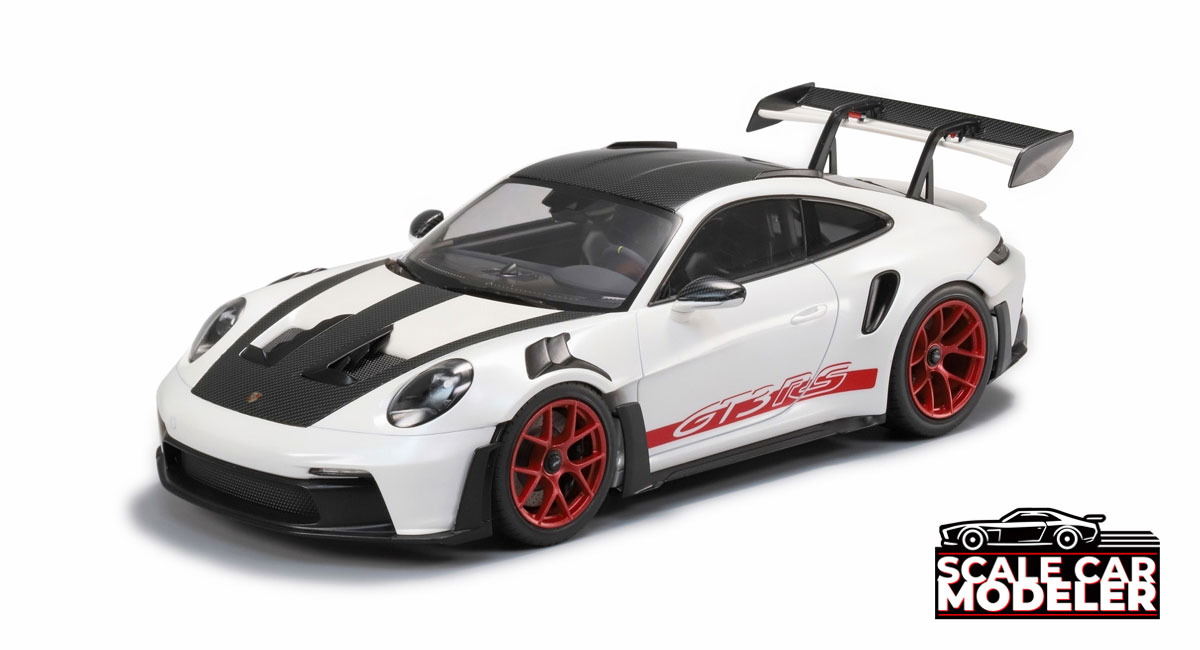
Your first kit should be fun, achievable and keep you motivated to build again. Here’s how to pick the perfect one:
• Pick Something You Love
Are you fascinated by vintage cars, muscle cars or tuner rides? Starting with a subject you’re excited about makes the build more rewarding.
• Look at Skill Level
Check the box for a ‘Skill Level 1’ or ‘Beginner’ rating. These kits have fewer parts and simpler instructions, meaning less frustration and more fun.
• Understand Scale
Scale is the size ratio compared to a real vehicle, a most common size being 1/24 or 1/25 scale. There's even a kits in the smaller 1/32 scale!
Smaller scales have tinier parts — so medium-sized kits are usually best for beginners.
• Read Reviews
Before you buy, check online reviews or videos. Some kits have better part fits and clearer instructions, which can make your first experience a breeze. I have a whole section on kits I've built, designed to give you an idea of what level of builder should attempt it: Model Car Review Builds.
You can also check out our Beginner’s Guide – What Model and Skill Level Should I Start With? for more detailed information on what kit you should start with.
Basic Tools for Model Building
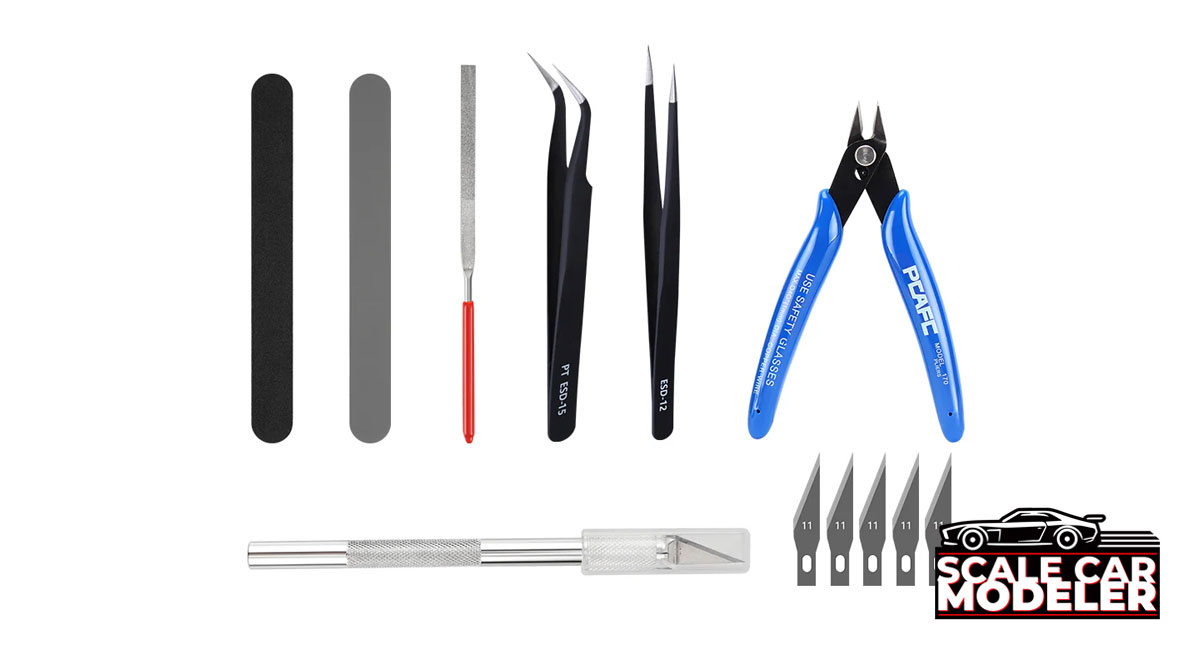
You don’t need a huge toolbox to start - a few essential tools will help you build cleaner, faster and with less stress:
✅ Hobby Knife or Sprue Cutters: For removing parts from the parts trees.
✅ Tweezers: A must for tiny or delicate pieces.
✅ Sanding Sticks or Sandpaper: For smoothing rough edges or seams.
✅ Plastic Cement or Model Glue: Designed for strong plastic bonds.
✅ Acrylic Paints: Beginner-friendly and easy to clean up with water.
✅ Paintbrushes: A few good-quality brushes in different sizes will do.
✅ Cutting Mat: Protects your work surface when trimming parts.
✅ Clamps or Clips: Holds parts steady while the glue dries.
It's best to keep everything organized in a small box or drawer to make them easy to access during your build process.
For more detailed info on the most helpful tools, check out these pages as well:
Beginner’s Guide – Tools You’ll Need To Build A Plastic Model Kit
Beginner’s Guide – Model Car Glues: Choosing the Right Adhesive for the Job
Step-by-Step: How to Build a Scale Model
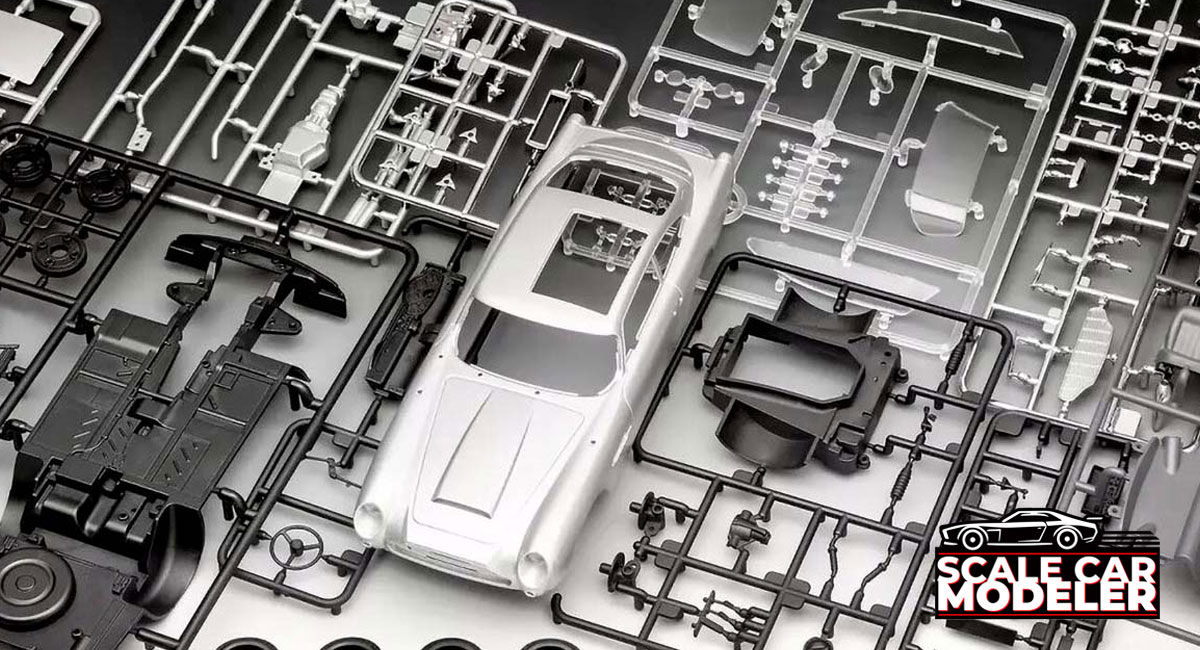
Here’s a quick overview of how a typical project goes:
1️⃣ Read the Instructions
Always read through the instruction manual first to get familiar with the steps. This will also help you plan your build.
2️⃣ Remove & Prep Parts
Cut parts off the parts tree carefully. Don’t twist as it can stress the plastic. Sand any rough spots or seams.
3️⃣ Dry Fit
Test-fit parts before gluing to ensure a perfect fit.
4️⃣ Glue with Care
Use glue sparingly - too much can melt details. Hold parts together until the bond sets.
5️⃣ Paint in Layers
Decide if you’ll paint before or after assembly. Small details are often easier to paint first. Use thin coats for a clean, realistic finish. See this article more for info on painting: Beginner’s Guide – All About Painting
6️⃣ Apply Decals
Follow instructions for decals. Use a damp cloth to position them and seal with clear coat if needed.
7️⃣ Add Finishing Touches
Try weathering (or something like Tamiya's Panel Lining) for added realism. These techniques create shadows and highlights that bring your model to life.
Tips for New Model Builders
✅ Take Your Time: Enjoy the process — every kit is a learning experience.
✅ Work in a Well-Lit Space: Good lighting makes painting and detailing easier.
✅ Store Small Parts: Use containers so tiny pieces don’t vanish.
✅ Stay Safe: Handle blades and glue with care. Ventilate well when painting.
✅ Keep Learning: Join online groups, watch videos or visit local hobby shops for advice.
What’s Next?
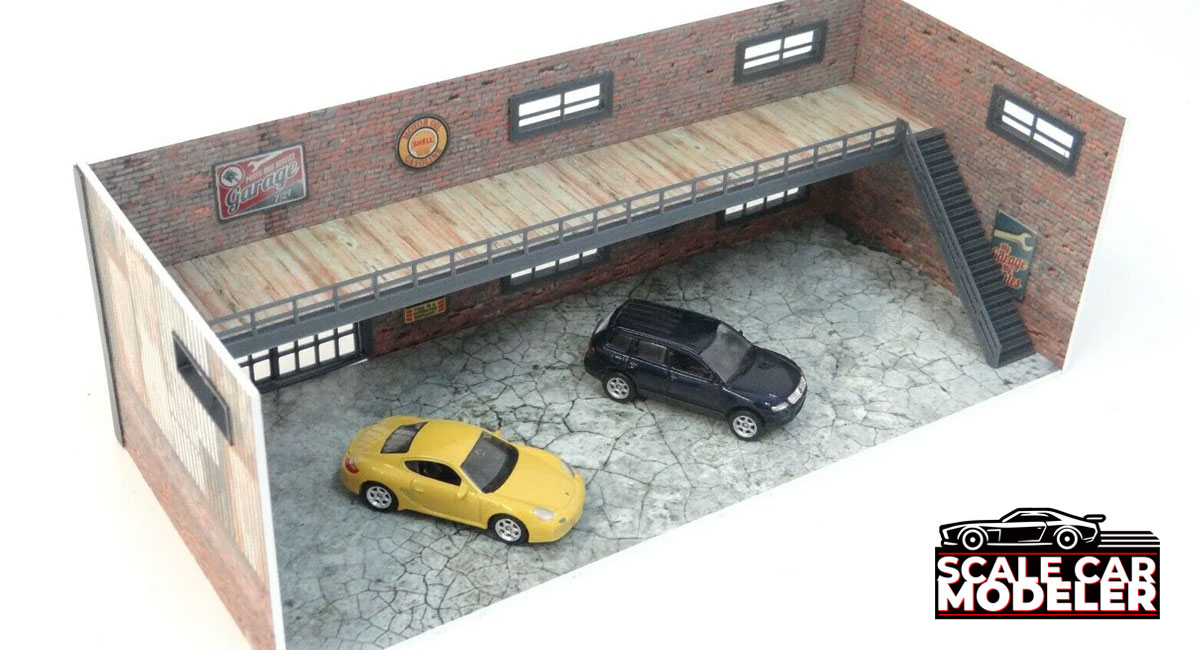
Once you’ve mastered the basics, you can:
• Tackle more complex kits with more parts and details.
• Try an airbrush for ultra-smooth paint jobs.
• Build dioramas — miniature scenes that display your model in action.
• Enter local contests or share your builds online for feedback and inspiration.
Final Thoughts
Model building is a hobby that grows with you. Each project helps you develop new skills and a deeper appreciation for detail and craftsmanship. So clear off your table, grab that first kit and get building — your next masterpiece is waiting!
Happy modeling
